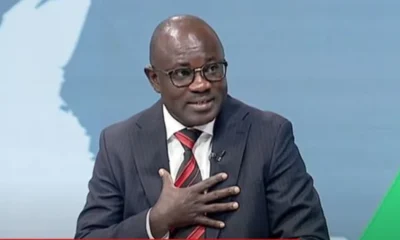Bostock revealed debates among the originalists — for instance, how to balance a conflict between the apparently plain meaning of the text and the expectations of the people who wrote it. Justice Gorsuch stressed that because “ours is a society of written laws,” the court was ultimately bound by the text. Justice Alito’s dissent, by contrast, called the majority opinion “a pirate ship,” sailing under the false flag of textualism, when in fact it was replacing the text with modern values.
In fact neither account was quite right. What made Justice Gorsuch’s opinion most persuasive was not its textualist analysis but its use of precedents interpreting the Civil Rights Act, which the dissent’s logic would have had to repudiate.
A similar debate emerged from another important Justice Gorsuch opinion, McGirt v. Oklahoma. In McGirt, Justice Gorsuch held that 19th-century treaties with the Creek Nation remained enforceable today — divesting the state of jurisdiction over Native Americans in substantial parts of Oklahoma — despite many decades of federal and state hostility to the tribe and disregard of its rights. The court acknowledged that the federal government may have wished the tribe’s reservation to disappear, but held that “wishes don’t make for laws,” and so again the court was bound to enforce the 19th-century promises until Congress acted more formally. By contrast, Chief Justice Roberts’s dissent regarded this account as “fantasy,” arguing that Congress had acted even if it had failed to use magic words.
All of these features were present in the court’s decisions in Trump v. Vance and Trump v. Mazars, regulating subpoenas for the president’s financial records. In both cases the court did advert to founding-era history, including the practice of George Washington and Thomas Jefferson, for the broad outlines of the separation of powers. But it then went on to color in this history with more recent practice and its own balancing of separation-of-powers concerns. In doing so it again split some of the conservative justices among themselves.
Finally, in cases especially important to social conservatives, the court’s decisions showed that the importance of precedent may sometimes rival that of originalism. Two of the court’s rulings in favor of religious liberty, Espinoza v. Montana Department of Revenue and Our Lady of Guadalupe School v. Morrissey-Berru, relied on founding-era principles, but filtered those principles through the court’s own precedents. And precedent played a decisive role in June Medical Services v. Gee, an abortion case where Chief Justice Roberts surprised most observers by invalidating an abortion regulation. The Chief Justice explained that his vote was driven by precedent, because the court (over his dissent) had recently invalidated an identical law.

 General News1 week ago
General News1 week ago
 General News4 days ago
General News4 days ago
 Politics4 days ago
Politics4 days ago
 General News2 days ago
General News2 days ago





